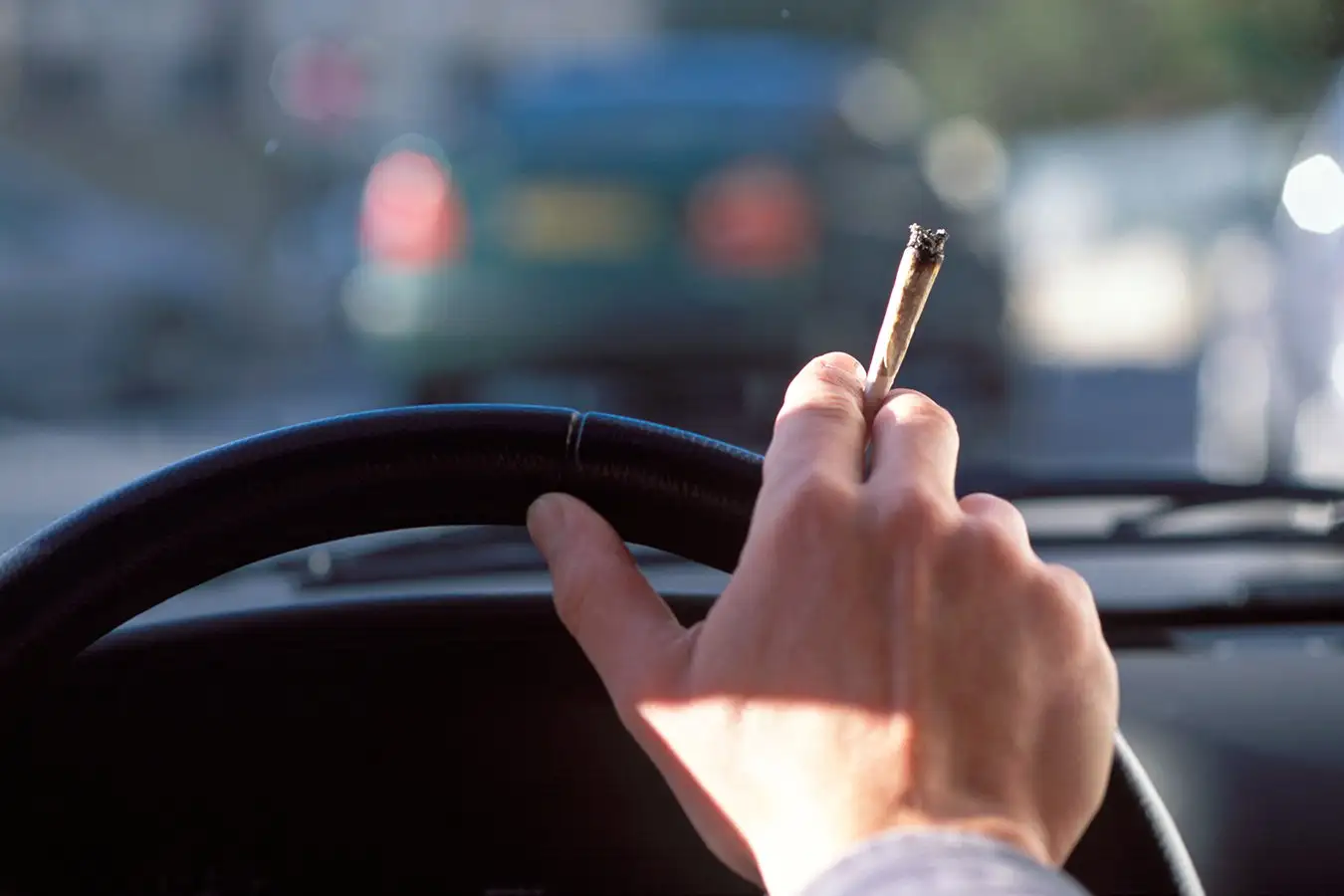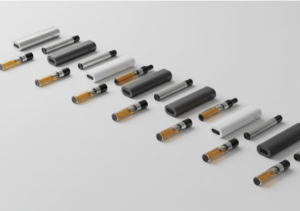As cannabis becomes more widely accepted for both medicinal and recreational use, the question of how to effectively detect impairment on the road has taken on new urgency. While there are well-established methods for testing alcohol impairment, accurately detecting cannabis impairment is significantly more complex. This has created challenges for law enforcement, policymakers, and public health officials who are striving to keep roads safe.
The main issue revolves around how cannabis is metabolized in the body and the lack of a reliable, real-time test that can determine actual impairment. Unlike alcohol, where blood alcohol concentration (BAC) levels directly correlate with intoxication, cannabis presents unique challenges due to its chemical properties and the way it affects individuals differently. In this article, we’ll explore the key challenges of testing for cannabis impairment on the road and the current state of roadside testing technology.
1. Understanding Cannabis Metabolism
The first challenge in testing for cannabis impairment lies in understanding how the active components of cannabis, particularly delta-9-tetrahydrocannabinol (THC), interact with the body. When someone consumes cannabis, THC enters the bloodstream and travels to the brain, where it produces its psychoactive effects. However, THC is fat-soluble, meaning it gets stored in the body’s fat cells rather than being quickly eliminated. This results in THC lingering in the body long after the user is no longer impaired.
For occasional users, THC may be detectable in blood or urine for several days after use. In chronic users, THC can be present for weeks. This lingering presence of THC creates a problem for traditional drug tests, which can detect cannabis use but fail to measure real-time impairment. This disconnect makes it difficult to develop a test that accurately measures whether someone is too impaired to drive at a given moment.
2. Lack of a Standardized Impairment Threshold
With alcohol, the impairment threshold is well defined. In most countries, a BAC of 0.08% is the legal limit for driving, and this level is widely accepted as indicative of impairment. For cannabis, no such clear threshold exists. Different people react to THC in different ways, and there is no consistent dose-response relationship between THC levels and impairment.
Some jurisdictions have set arbitrary THC limits, such as 5 nanograms per milliliter (ng/mL) of blood, to define impairment. However, these thresholds are controversial because they do not account for individual variability in tolerance, metabolism, or the method of cannabis consumption. For example, an occasional user who consumes a small amount of cannabis may be impaired with a blood THC level of 2 ng/mL, while a regular user may have a THC level well above 5 ng/mL and still function normally.
This variability makes it difficult for law enforcement to rely solely on THC levels when determining impairment, leading to concerns about both under- and over-enforcement.
3. Limitations of Current Testing Methods
The most common roadside drug tests, such as breathalyzers for alcohol, do not work for cannabis. There is no equivalent breath test that can accurately measure THC levels in real time. The current methods for detecting cannabis include blood, urine, saliva, and hair tests, each with significant limitations.
- Blood Tests: While blood tests can measure THC levels, they are invasive and not practical for roadside testing. They also have the drawback of detecting THC long after the user is no longer impaired.
- Urine Tests: While urine tests can detect cannabis use for days or even weeks, they don’t measure recent consumption or current impairment. These tests simply reveal that cannabis was used at some point, without indicating whether someone is presently under the influence. To sidestep these tests, many turn to solutions like Quick Fix urine, a reliable product designed to mimic real urine. Quick Fix not only complicates the testing process but also provides a convenient and effective option for those looking to pass a drug test with ease.
- Saliva Tests: Saliva testing is less invasive and can provide more immediate results than blood or urine tests. However, while saliva tests can detect recent use, they are not foolproof and can still struggle to differentiate between recent consumption and impairment.
- Hair Tests: Hair testing is effective at detecting long-term cannabis use but, like urine tests, cannot pinpoint current impairment.
4. Variability in Effects and Consumption Methods
One of the greatest challenges in determining cannabis impairment is the variability in how cannabis affects different people. Factors such as tolerance, body fat percentage, metabolism, and the method of consumption all play a role in how THC impacts an individual.
For example, smoking cannabis generally leads to a quicker onset of effects but also quicker dissipation, while edibles can take longer to produce effects and can result in prolonged impairment. This variability makes it hard to establish a one-size-fits-all approach to testing. A driver who consumed cannabis hours ago might still be impaired, while another who consumed the same amount at the same time could be fully functional.
5. Legal and Ethical Concerns
The evolving legal landscape of cannabis adds another layer of complexity. In places where cannabis is legal, determining how to balance individual rights with public safety is a contentious issue. Arresting or penalizing drivers based solely on THC levels in their system, without evidence of actual impairment, raises ethical concerns.
There is also the potential for racial and socioeconomic disparities in how cannabis impairment laws are enforced. In jurisdictions with zero-tolerance policies or arbitrary THC limits, drivers from marginalized communities may be disproportionately affected, exacerbating existing inequalities in the criminal justice system.
6. Emerging Technologies for Cannabis Impairment Testing
Researchers and tech companies are working to develop better tools for detecting cannabis impairment in real time. One promising approach is the development of cannabis breathalyzers, which aim to detect THC on the breath, similar to how alcohol breathalyzers work. However, these devices are still in the testing phase and have not yet been widely adopted due to concerns about accuracy and reliability.
Another approach being explored is using cognitive or motor skill assessments to gauge impairment. These tests would focus on measuring how well a driver can perform specific tasks, such as reaction time or hand-eye coordination, rather than relying on THC levels alone. This approach could potentially offer a more accurate assessment of whether a person is too impaired to drive.
Conclusion
The challenges of testing for cannabis impairment on the road are multifaceted and complex. Unlike alcohol, there is no clear-cut way to measure real-time impairment, and current testing methods are fraught with limitations. As cannabis legalization continues to spread, it is essential for researchers, policymakers, and law enforcement to work together to develop more effective and equitable ways to keep roads safe.
In the meantime, the focus should be on educating the public about the dangers of driving under the influence of cannabis and encouraging responsible consumption. Ultimately, improving roadside testing technology and developing standardized impairment thresholds will be key to addressing the issue and ensuring safer roadways for everyone.
Author Bio:
I’m John Llanasas a highly- skilled well experienced professional article writer, writing informative and engaging articles covering topics mostly related to health, home improvement, productivity, technology, education, and travel. By doing a lot of research I can produce productive content full of information. I am a master of creative writing, web writing, Article rewriting, and proofreading. Hard work is the key to my success. That’s why I am very punctual and dedicated to my work. Creativity is an art for me that’s why plagiarism is not appreciated at all.




